How to Leverage Advertising in Google Maps
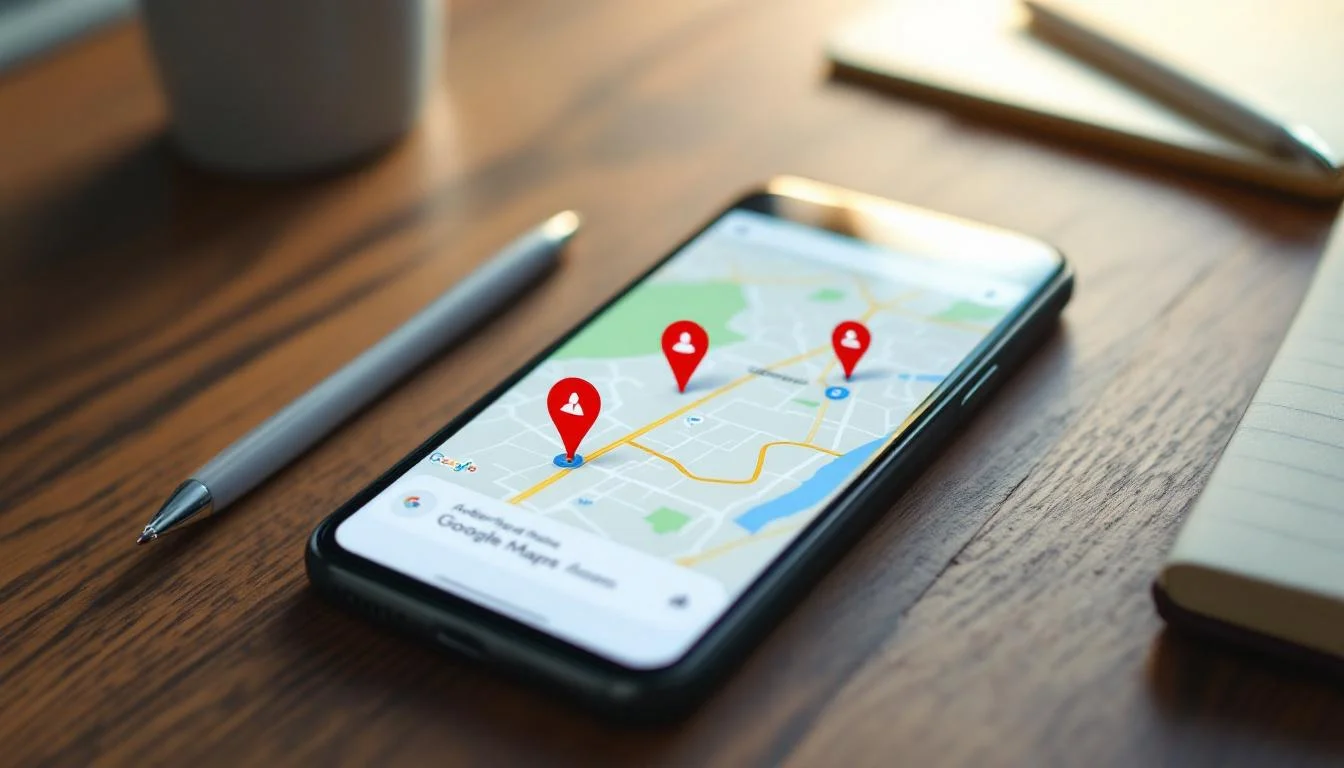
Google Maps has become a powerful advertising platform for businesses looking to reach local customers. At Drop Cowboy, we’ve seen firsthand how ads in Google Maps can drive foot traffic and boost sales for our clients.
This guide will show you how to leverage this location-based advertising tool effectively. We’ll cover everything from setting up your campaign to best practices for crafting compelling ads that convert.
What Makes Google Maps a Powerful Advertising Platform?
Google Maps has transformed from a simple navigation tool into a robust advertising platform. With over 1 billion monthly users, it presents a goldmine for businesses aiming to connect with local customers.
Types of Ads on Google Maps
Google Maps offers several ad formats to suit different business needs:
- Search ads: These appear at the top of search results when users look for specific businesses or services. They stand out with a small “Ad” label and can include additional information (like business hours and ratings).
- Promoted pins: These customized map icons make your business more noticeable on the map, even when users aren’t actively searching. They excel at catching the attention of people browsing a specific area.
- In-store promotions: This feature allows you to highlight special offers directly on your business listing, serving as a powerful motivator for potential customers deciding where to shop or dine.
The Power of Local Intent
One of the biggest advantages of Google Maps advertising is the high local intent of its users. Google reports that 76% of people who search for something nearby on their smartphone visit a related business within a day. This statistic underscores the immediacy and relevance of Google Maps searches.
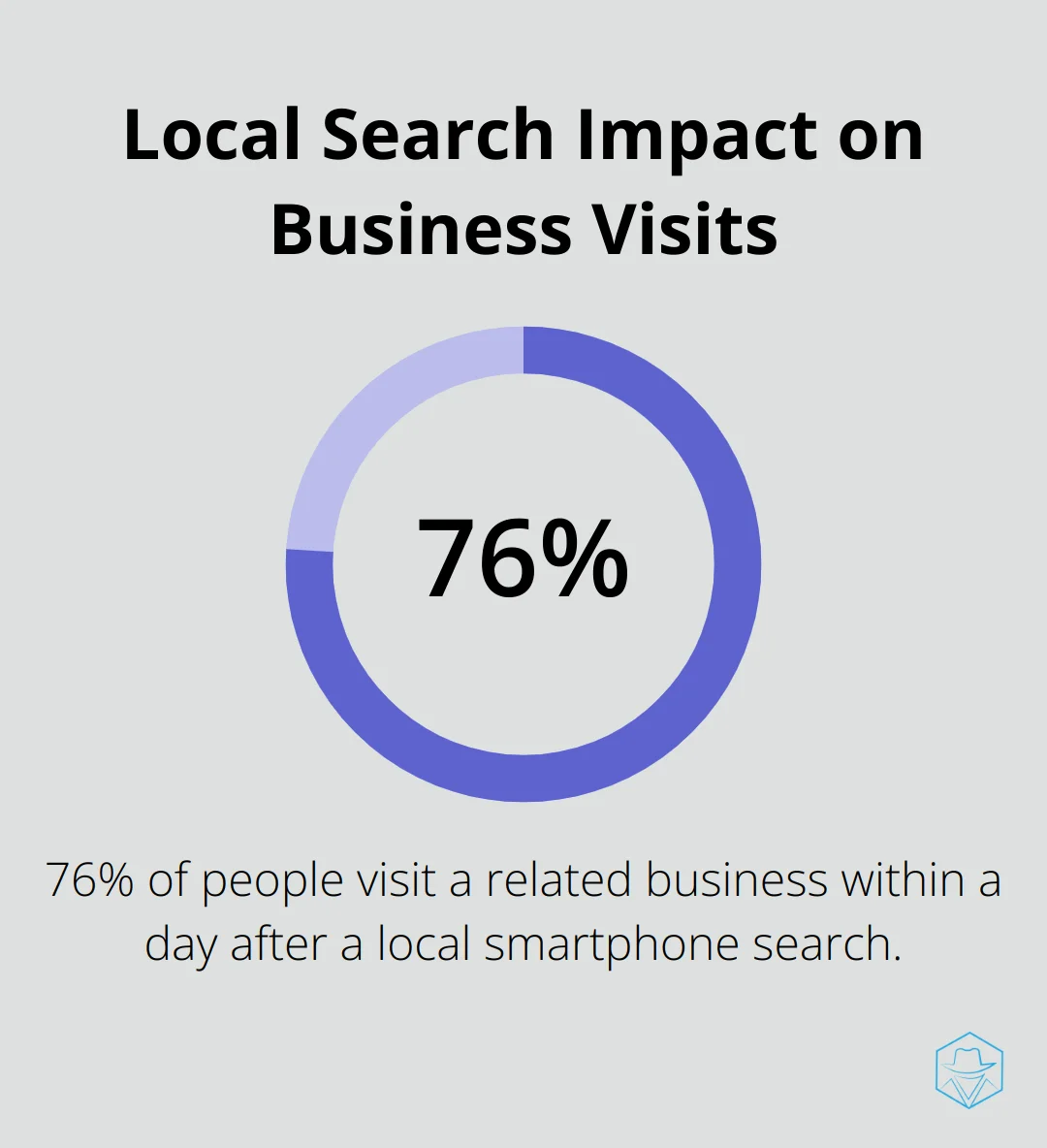
Targeting Capabilities
Google Maps ads offer precise targeting options. You can focus your ads on specific geographic areas, ensuring your budget targets the most relevant audience. This level of targeting proves particularly valuable for small businesses with a limited advertising budget.
Measurable Results
Unlike traditional forms of local advertising, Google Maps ads provide detailed performance metrics. You can track how many people viewed your ad, clicked for directions, or called your business directly from the ad. This data enables continuous optimization of your campaigns.
Integration with Google Ads
For businesses already using Google Ads, integrating Google Maps advertising is seamless. You can manage your Maps ads alongside your other Google advertising efforts, creating a cohesive marketing strategy across multiple platforms.
Google Maps advertising offers a unique opportunity to reach customers at the moment they’re looking for local businesses. Its targeting capabilities and ad formats provide businesses with powerful tools to increase their local visibility and attract more customers. As we move forward, we’ll explore how to set up your Google Maps advertising campaign effectively.
How to Set Up Your Google Maps Ad Campaign
Creating Your Google My Business Profile
The foundation of any Google Maps ad campaign is a well-optimized Google My Business (GMB) profile. This free tool acts as your business’s digital storefront on Google. To start, visit the Google My Business website and claim your listing. If your business doesn’t exist yet, you’ll need to create a new listing.
When you set up your profile, accuracy is paramount. Ensure all information – including your business name, address, phone number, and operating hours – is correct and up-to-date. Google uses this information to determine when and where to show your ads, so any inaccuracies can hurt your campaign’s performance.
Optimizing Your Listing for Maximum Visibility
After you set up your GMB profile, it’s time to optimize. Add high-quality photos of your business, products, or services. Google reports that businesses with photos receive 42% more requests for directions and 35% more clicks to their websites than those without.
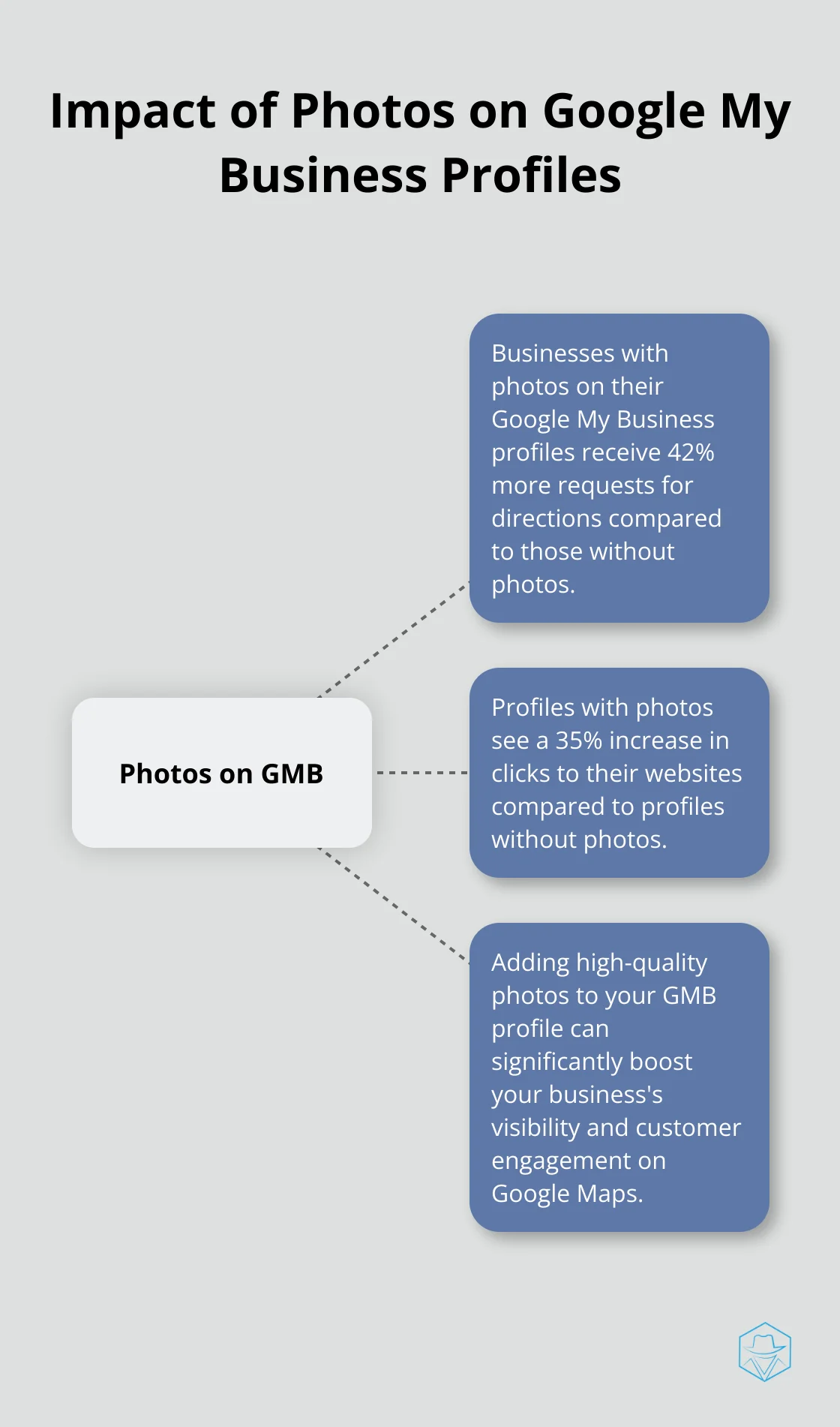
Next, focus on your business description. This 750-character summary should clearly explain what your business does and what sets it apart. Use relevant keywords naturally throughout your description to improve your chances of appearing in relevant searches.
Encourage your customers to leave reviews. Positive reviews not only boost your credibility but also improve your visibility in Google Maps. Respond to all reviews (both positive and negative) to show that you value customer feedback.
Crafting Your Google Maps Ad Strategy
With your GMB profile optimized, it’s time to develop your ad strategy. Start by defining your goals. Do you want to drive foot traffic to your store? Increase phone calls? Or boost online orders? Your goals will shape your ad content and targeting.
Next, research your keywords. Use Google’s Keyword Planner to find relevant, high-traffic keywords for your business. Focus on location-specific keywords like “pizza delivery in [Your City]” or “24-hour gym near me” to capture local intent.
Set your budget and bid strategy. Google Maps ads operate on a pay-per-click model, so you only pay when someone interacts with your ad. Start with a conservative daily budget and adjust based on performance.
Finally, create your ad content. Your headline should grab attention and include your primary keyword. In the description, highlight what makes your business unique and include a clear call-to-action. If you’re running a promotion, mention it here to entice potential customers.
Monitoring and Optimizing Your Campaign
Regular monitoring and optimization are key to long-term success. Keep an eye on your performance metrics and be prepared to adjust your strategy as needed. Try A/B testing different ad copies, adjusting your targeting parameters, or experimenting with different bid strategies to find what works best for your business.
As you set up and run your Google Maps ad campaign, you’ll want to follow best practices to maximize your results. In the next section, we’ll explore these strategies in detail, helping you create compelling ads that convert and drive real business results.
Mastering Google Maps Ads
Precision Targeting for Local Impact
Location-based targeting forms the foundation of effective Google Maps advertising. Define your service area with precision. For a pizza delivery service, set your radius to match your actual delivery zone. This ensures your ads appear only to potential customers you can serve.
Google Maps offers advanced location targeting options. Target specific neighborhoods, exclude certain areas, or adjust bids based on location. A high-end restaurant might increase bids for ads shown in affluent neighborhoods.
Time targeting plays a critical role. A coffee shop should focus its ad spend on morning hours, while a bar should prioritize evenings and weekends. Align your ad schedule with your peak business hours for optimal results.
Crafting Ads That Convert
Your ad copy creates your first impression on potential customers. Start with a compelling headline that includes your primary keyword and a unique selling proposition (e.g., “Fresh, Wood-Fired Pizza | Free Delivery in 30 Minutes”).
The description should focus on what sets you apart. Do you use organic ingredients? Offer 24/7 service? Highlight these differentiators. Address common customer pain points. A plumber mentioning “Emergency Services Available” could sway someone with a burst pipe.
Visuals play a vital role in Google Maps ads. Use high-quality images that showcase your business at its best (mouth-watering food photos for a restaurant, stunning room images for a hotel). These visuals often catch users’ attention first.
Harnessing the Power of Reviews
Customer reviews provide social proof and significantly influence potential customers’ decisions. Encourage satisfied customers to leave reviews. You could offer a small incentive, like a discount on their next purchase, for an honest review.
Engage with reviews promptly and professionally. Respond to both positive and negative feedback. This demonstrates that you value customer input and commit to customer satisfaction.
Consider highlighting your best reviews in your ad copy. A statement like “Voted Best Pizza in Chicago – See Our 5-Star Reviews” can persuade effectively.
Driving Action with CTAs and Promotions
Include a clear call-to-action (CTA) in your Google Maps ad. This directs potential customers on what to do next. Common CTAs include “Call Now,” “Get Directions,” or “Order Online.” Ensure your CTA aligns with your business goals and the customer’s likely intent.
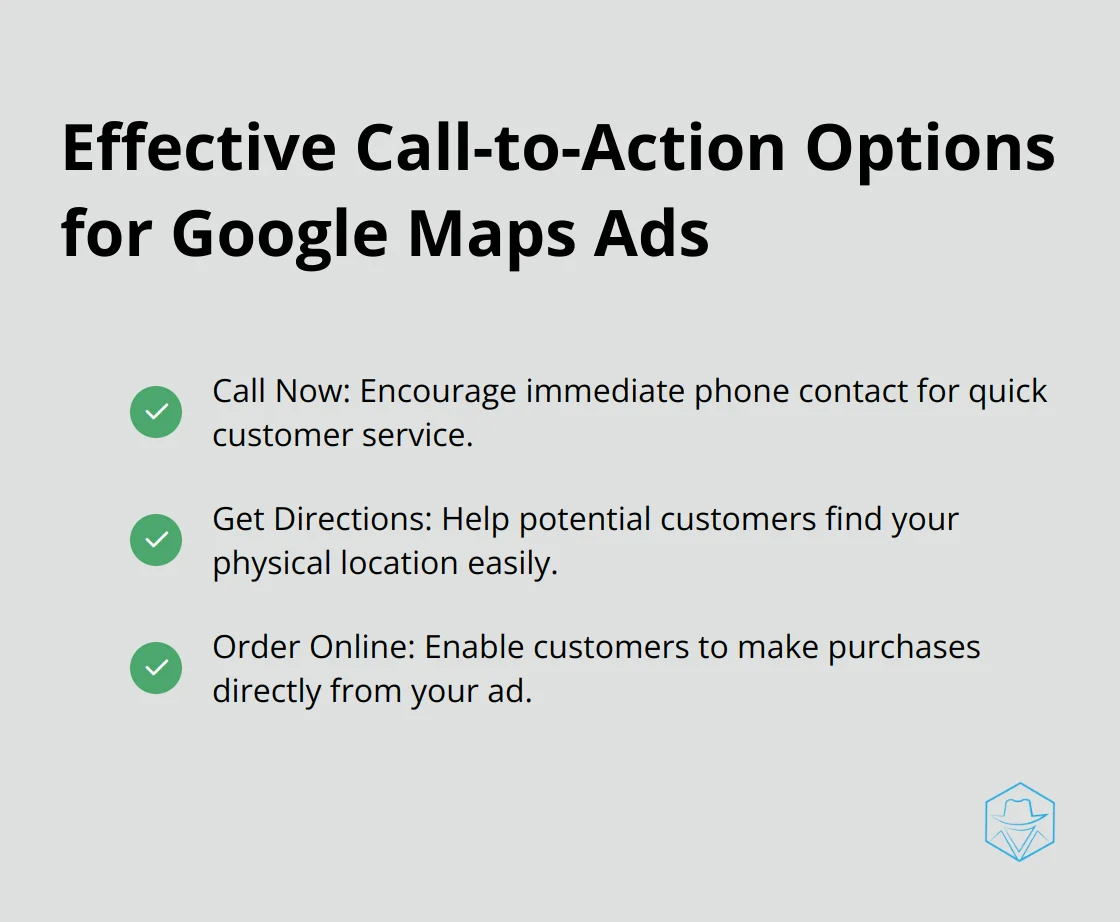
Promotions can drive immediate action. Google Maps allows you to highlight special offers directly in your ads. This could include a percentage discount, a buy-one-get-one offer, or a free add-on with purchase. Time-limited promotions create a sense of urgency, encouraging users to act immediately rather than later.
The key to successful Google Maps advertising lies in continuous optimization. Review your performance metrics regularly, test different ad variations, and adjust your strategy based on what works. These best practices, combined with a data-driven approach, will help you master Google Maps ads and drive more local customers to your business.
Final Thoughts
Google Maps advertising has become a powerful tool for businesses to connect with local customers. This platform boosts visibility, drives foot traffic, and increases sales through precise targeting and compelling ad copy. The future of location-based advertising promises advancements in augmented reality integration and voice search optimization, creating more immersive ad experiences within Google Maps.
Ads in Google Maps reach customers at the moment of intent, whether they search for a nearby coffee shop or emergency services. At Drop Cowboy, we understand the importance of effective audience reach. Our platform complements these efforts with powerful communication tools that help businesses engage customers on a more personal level.
You should start to implement these strategies today to grow your local customer base. The combination of Google Maps’ reach and targeted communication strategies will position your business to thrive in today’s competitive landscape. Don’t wait to harness the potential of Google Maps advertising and watch your business grow.
blog-dropcowboy-com
Related posts

August 5, 2025
When a call goes straight to voicemail
Understand why calls go straight to voicemail and learn practical solutions to manage missed calls effectively with Drop Cowboy.
![Perfect Your SMS Timing for Maximum Open Rates [Guide]](/blog/wp-content/uploads/emplibot/sms-timing-optimization-hero-1756512408-600x400.webp)
September 3, 2025
Perfect Your SMS Timing for Maximum Open Rates [Guide]
Boost engagement by mastering SMS timing optimization. Learn actionable tips to enhance open rates and elevate your messaging strategy.
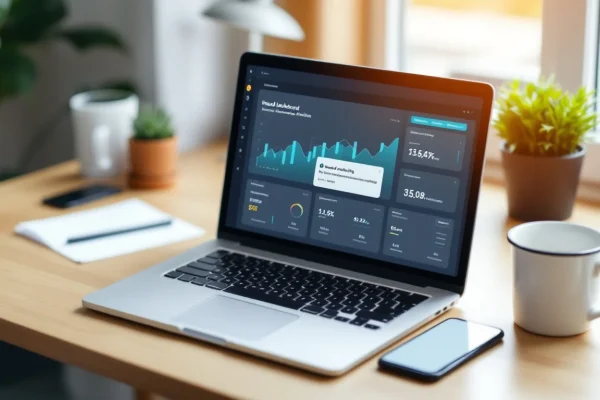
May 8, 2025
Inbound Marketing Automation: Drive Organic Growth
Boost organic growth with inbound marketing automation tips, strategies, and tools. Enhance customer engagement and streamline your marketing efforts today!

August 7, 2025
Toll Free Numbers in the United States
Discover how toll free numbers in the United States enhance customer interactions, boost accessibility, and build trust for your business.

August 4, 2025
What does it mean when your call goes straight to voicemail
Explore what it means when your call goes straight to voicemail and learn why it happens. Get practical tips to avoid missing vital connections.

April 17, 2025
Marketing Automation Strategy: Key Elements to Consider
Boost your marketing-automation-strategy by exploring key elements that enhance efficiency, drive engagement, and increase ROI.